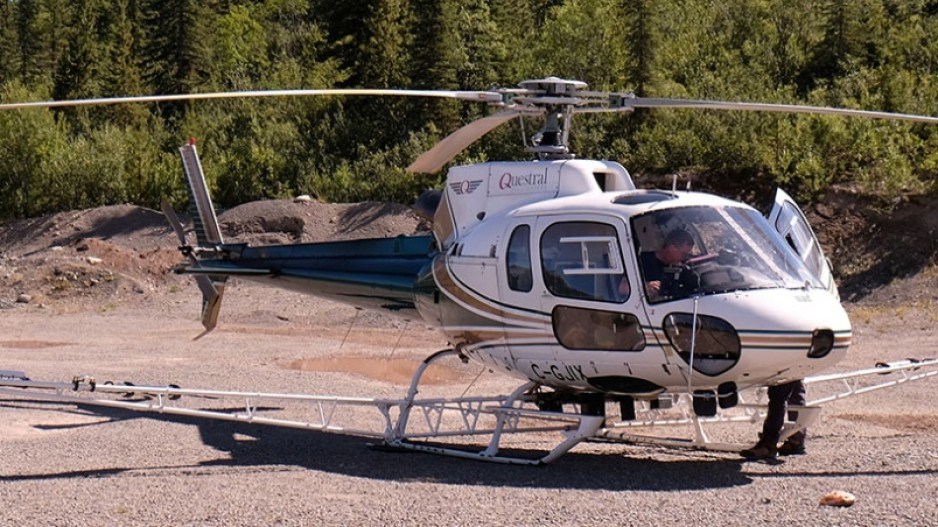Explorers, governments, and First Nations have new data on mineral deposits in a 9,600 square kilometre swath of land in a remote corner of the Peace River Regional District.
Geoscience BC released Tuesday the results of its Search Phase III project at the AME Roundup, B.C.'s annual mining conference.
"Search Phase III highlights new potential deposits containing metals like copper in a region that has been home to several mines in the past," said Bruce Madu, Geoscience BC's vice-president of minerals and mining, in a news release.
"It's an exciting example of how new science can be used to drive investment and stimulate our economy."
The search, done between June 28 and Nov. 5, included 9,600 square kilometres in and around the Omineca Mountains on the west side of the Williston Reservoir, where the Kemess Underground gold and copper mine is proposed.
The area was surveyed by helicopters equipped with specialized equipment to measure the magnetic signatures and radioactivity of the bedrock in the region, helping to determine where valuable mineral deposits may be located and where to focus exploration efforts.
"Globally, the increased demand for technologies like smart phones and electric cars is also increasing the demand for metals and minerals produced in British Columbia," Energy and Mines Minister Michelle Mungall said.
"Geoscience BC projects like this are critical to sparking exploration, discovery and ultimately the production of metals such as copper which are used for these items every day."
Geoscience BC announced plans for the survey last May, likening it to a massive treasure hunt. The $1.7-million hunt was financed by Geoscience BC, along with a $125,000 grant from the Northern Development Initiative Trust (NDIT)
The data is publicly available for free in raw format and summary maps. It's meant to help the exploration sector, communities, First Nations, and governments to plan future land use and attract investment, Geoscience BC says. Work is ongoing with communities and First Nations to crunch all the technical data, the agency says.
"This data is critically important to informing mineral exploration decisions, and helping our region capitalize on global trends," NDIT CEO Joel Mackay said.
Read the agency's report by clicking here, or check out its Earth Science Viewer by clicking here.




